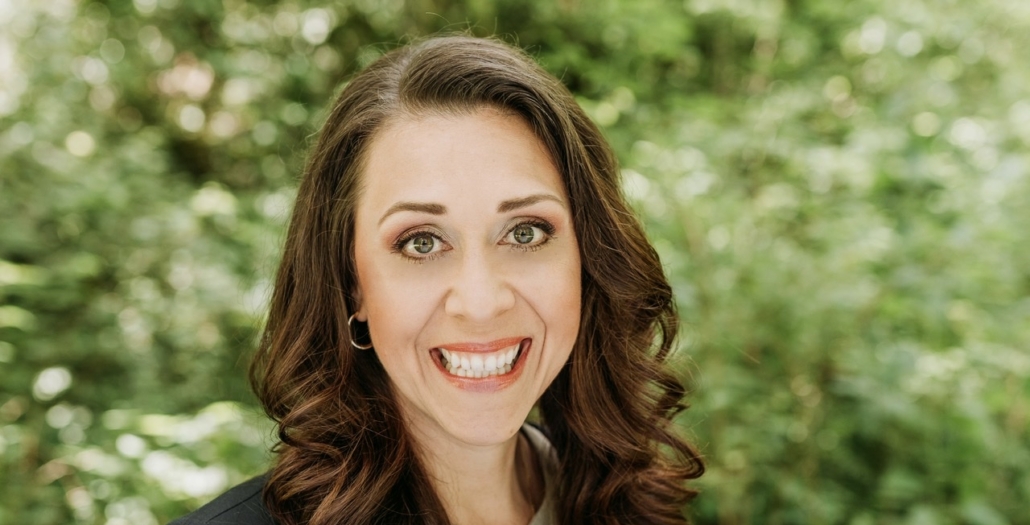Washougal, WA — The roles of Washougal School District School Counselors have been altered during the pandemic, in the sense that the journey has changed, but not the destination. Their goal remains to build relationships with all students and families and provide children an outlet to be seen and heard.
“During a typical school year, I am able to see my students at any point throughout a school day, which makes it much easier to have quick check-ins, help problem solve in the moment, and to help students de-escalate and be in a state where they are ready to learn and engage with others,” explained Alysia Noriega, Hathaway Elementary School Counselor. “During remote learning, this is obviously much more difficult to do. While I am still able to connect with my students through many different means such as whole classroom lessons, small groups, and one-on-one, it takes much more coordination between myself, the student, and their families to make it happen.”
“Weekly lessons in social emotional learning are important at any time,” said Catherine Post, Gause Elementary School Counselor. “Right now, they are especially important because of the situation we are in. The lessons provide tools for students to utilize when they are struggling with our current schooling situation. These skills will also be of value when we are able to continue with in person learning again.”
It is important that every Washougal student has someone they feel comfortable with and can turn to in times of need.
“By having these weekly lessons, I am guaranteed time with all my students,” said Noriega. “I can focus on continuing to build on the relationships I have already established with them, as well as develop relationships with our new Hathaway kiddos.”
Additionally, it is important for students to spend time building social/emotional skills and language. Having a designated time each week to come together as a whole grade level and learn more about themselves and each other provides an enriching opportunity.
“Because the students don’t have recess and other outlets for interacting with their peers, my lessons are a combination of check-in time to hear what everyone is doing and excited about, lessons from the district approved social emotional curriculum of Second Steps, and extra videos and games that apply to those lessons,” said Post. “The 30-minute sessions with each grade are very organic in feel. Each grade may need something different on any given day, so I remain flexible to let them have more or less of any of the lesson parts depending on how things go.”

Noriega has a similar approach.
“I have been able to do a variety of different lessons and activities with my students, and the focus of these lessons vary from week to week, and from grade level to grade level,” she explained. “Topics we have covered this year include coping strategies, problem solving, emotion regulation skills, growth mindset, friendship building, and bullying prevention.” To keep students engaged, Noriega keeps things as interactive and fun as possible, and often incorporates videos, games, drawing activities, read-alouds, and activities that allow them to move.
“This year has brought on a host of different challenges that we didn’t know we would have to endure,” admits Noriega. “I believe one of students’ greatest challenges during this time is not having access to a learning environment that is consistent and structured. As a parent myself, I know how difficult it can be to balance my own work while also helping my kids with their schooling.”
For students to fully engage with their work and get the most out of their school days, it is helpful for them to have a consistent routine, be in a place that is free of distractions, and to be spending an adequate amount of time each day working on academic-related activities. However, it can be difficult for some families to create this kind of environment at home, which can create challenges for our students’ success.
Amongst all the obstacles that this year has brought, Post and Noriega have been able to do their job in a meaningful, successful way. “One main area of success is that I have been able to build strong, positive, and unique relationships with all of my Hathaway students,” said Noriega. “I have been able to do this not only through my weekly SEL zoom lessons, but also by hosting small lunch groups, working with students 1:1, doing home visits, and delivering personalized notes to students.”
“This year I have seen success in getting students with barriers to connect with their teachers,” added Post. “I have seen kindergarteners learn how to be students. I have also worked with staff and talked with them about tools to help with their emotional health because we cannot help our students if we do not take care of ourselves. Our Gause students know we care about them, and that is the best feeling of success.”












